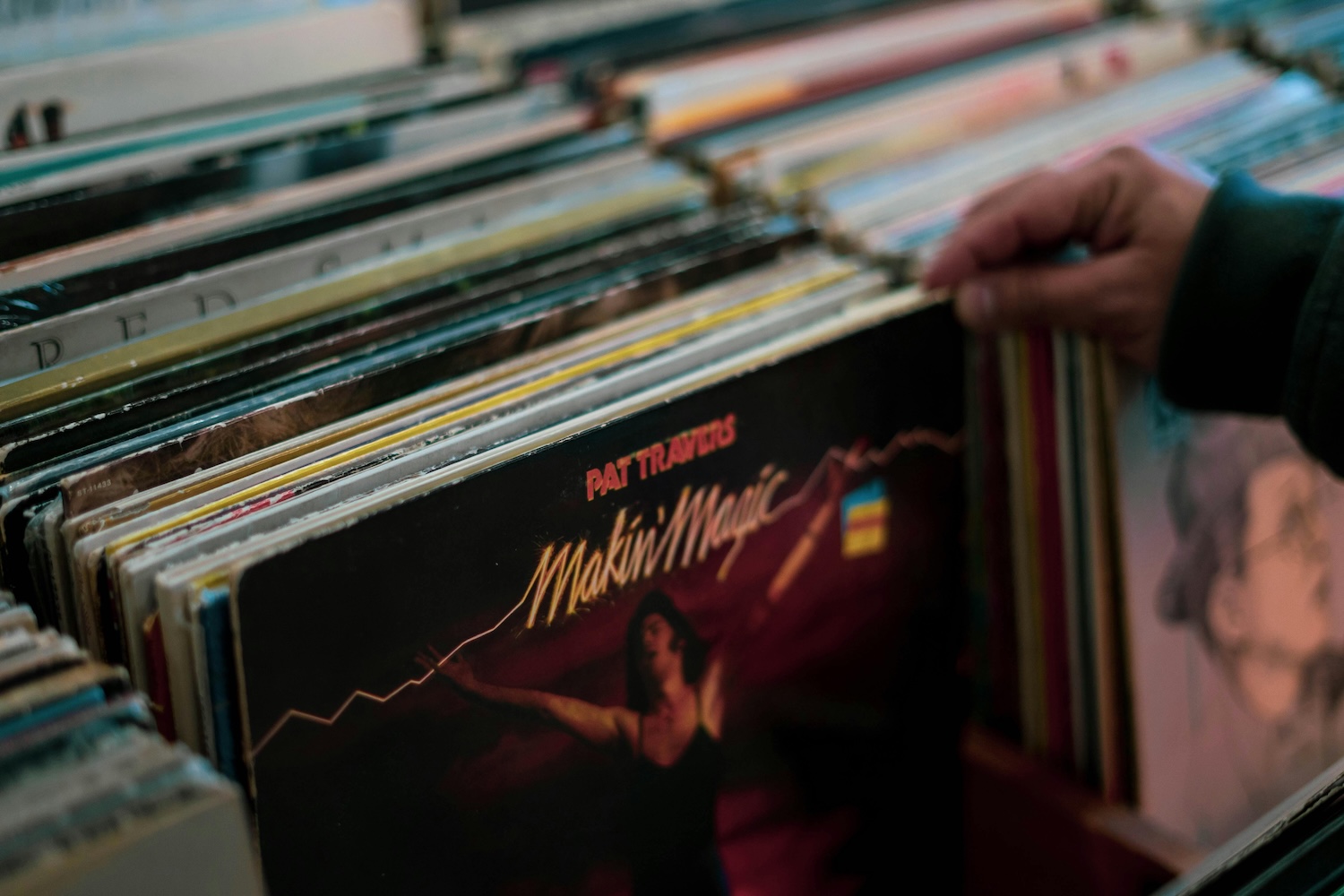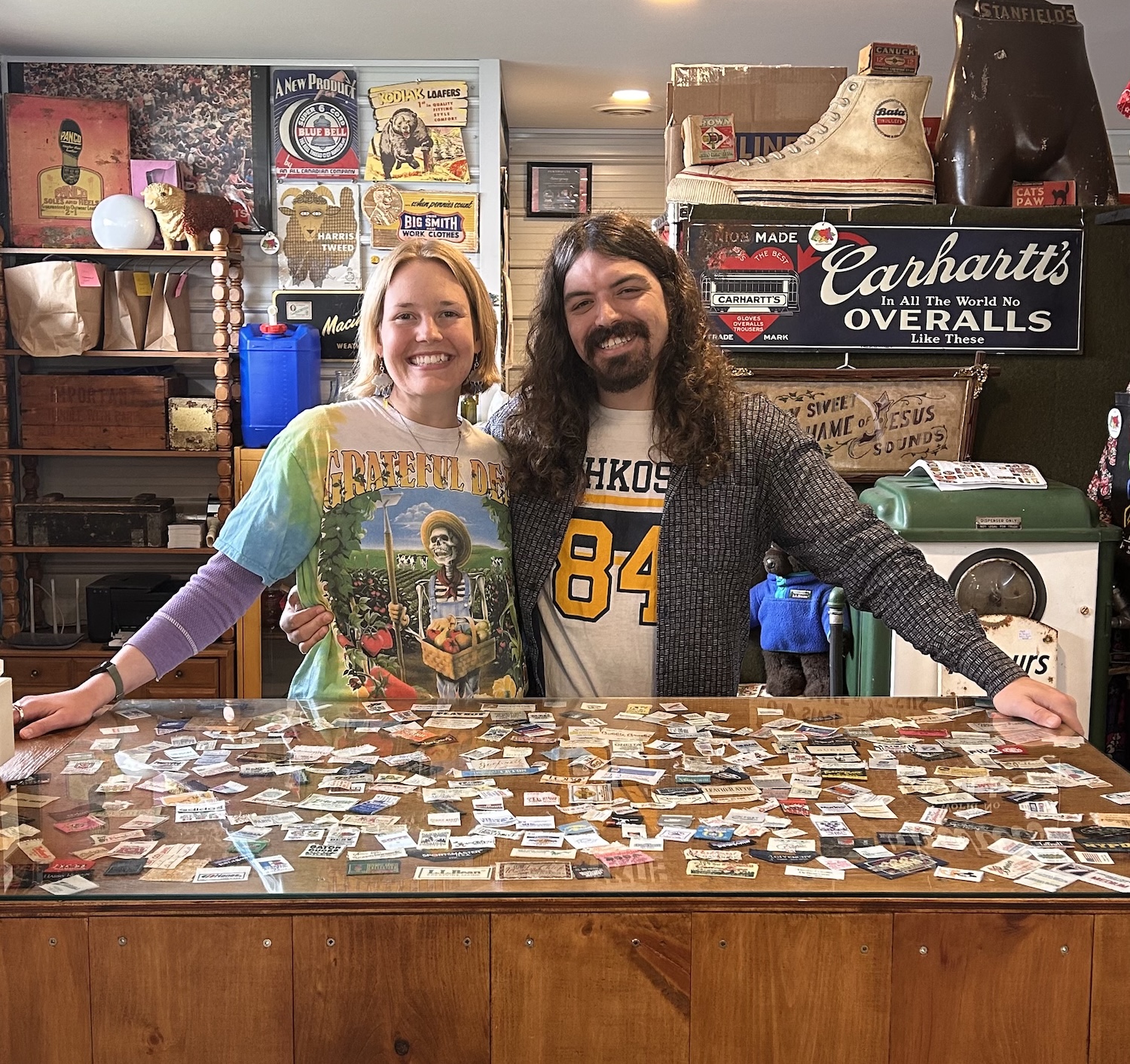
Buying on a budget: Avid thrifters share their tips for wallet-conscious vintage collectors
Love vintage but hate this economy? A student asks for money-saving advice from pro thrifters — and shares how she maximizes her shoestring shopping budget to find standout pieces that’ll last her a lifetime
My obsession with all things vintage boomed in high school when I was hired at a small charity thrift store, where the staff discount was unbeatable.
I quickly accumulated piles of vintage graphic tees, tartan skirts, knit sweaters, denim and leather coats, CDs, cassette tapes and housewares.
But I encountered a problem when I quit my job and moved away for university. My pockets emptied as I paid for rent, groceries, textbook and weekly trips to the thrift store that was a convenient five-minute walk from my home.
In my first year of university, like many students managing their own expenses for the first time, I overspent. I felt guilty and ashamed, but unable to give up the hobby that had become so crucial to my identity.
Secondhand is a more sustainable way to shop. But sustainable in terms of the environment doesn’t always mean sustainable in terms of your wallet. Here are some tips from myself and other vintage-lovers on how to shop secondhand on a budget.
Know what you’re looking for
Fashion trends are ever-changing and can make shopping, even secondhand, an impulsive endeavour.
Understanding your personal style proves helpful while shopping. Self-identity and expression are fluid, but having a general idea of what items speak to you will help you avoid to over-spending on items you might cringe at later.
Ida Maidstone, owner of Lucky Cloud in Nanaimo, B.C., recommends being cognizant of your media intake to develop a personal style. That way, you can follow your intuition when you’re shopping.
“The people you watch and listen to, who you choose to be around, and who you choose to follow on social media effects the kinds of choices you make in all areas of life,” she says.
“When you’re not at the thrift or a vintage store, make lists of what you like, such as fabric, textures, and colours,” Ida says. “Take note of items you see someone styling in an interesting way that you might like to try.”
For me, that’s a Pinterest board. Instagram mood boards and magazine collages can be places to gather inspo, too.
Research and exploration outside the secondhand store will serve you when it comes time to shop. “When you’re in there, you’ll know what to do,” Ida assures.
Use your screen addiction to your advantage
Sometimes all it takes for me to curb the impulse to buy something is to pull out my phone.
On my phone is an album called “window shopping.” It contains photos of secondhand items I felt tempted to buy, but ultimately left on the shelf. When I need a dopamine hit but my paycheque is still days away, I’ll pull out my phone and scroll through the album to satisfy my craving.

You could even make a game out of it. Try the social media trend “thrift or pass,” which features creators taking videos of items in store they’ve either purchased or left behind. This helps with training yourself to be firm in your passes. While viewing your video later, you can remind yourself of why you chose one item over another.
If you choose to create a video of this nature, be wary while reading the comments. Some commenters wildly disagree with creators’ choices. But if you’re strong in your reasoning, it shouldn’t bother you.
If it does, you can always go back.
‘Til death do us part
It’s not unrealistic to anticipate that a secondhand item could last multiple lifetimes. I recently ran into a fellow vintage lover, Maura Mae, at an antique market.
About purchasing vintage, Maura says, “if it’s lasted this long, chances are it’s going to last me as well.”
When money is tight, it pays to consider how long you foresee yourself cherishing a second-hand item. Maura says if she sees an item but can’t picture it still in her possession when she dies, she won’t buy it. “What's the point?” she asks.
Continued below
Find vintage and secondhand at markets near you
View our events calendar
Her friend, Frances Deveaux, chimed in with advice on how they know when an item will be a keeper for life.
“If I find an item and it jumps at me and attacks my eyes, then I buy it. That’s my rule. If it doesn’t attack me, I can’t buy it,” Frances says. “It’s gotta be at my estate sale.”
Go secondhand shopping often
Secondhand shopping is like working out — it takes hours of dedication to reap the benefits. It may sound counterintuitive, but Amber Spragg, owner of Inner Piece Vintage in Vancouver, B.C., says it’s a great way to find items for a good price.
“If you have less money, you can always pay with your time,” she says.
You’ll have a higher chance of finding inexpensive vintage clothing and decor by visiting thrift stores frequently. Or, like me, you could get a job at one and take advantage of a staff discount.
If you’re on a budget, Amber suggests frequenting smaller thrift stores, like church and charity shops, which are often more affordable. “They’re a little bit less picked over [than the chains],” she says.
Asking for discounts when thrift shopping
Amber also advises that when shopping secondhand online, you shouldn’t be afraid to ask for discounts.
“Some resellers are very offput by haggling and are not open to it. But many are,” she says.
Amber suggests requesting bundles — items initially listed separately that are sold together for a discounted price. Make your offer tempting, she says. Seal the deal by offering same day pick-up if the dealer is local to you.
Dealers are usually as eager to sell an item as you are to purchase it.
“To get the best deal, sometimes you’ve got to just ask. But I would absolutely do so respectfully,” Amber warns.
If the dealer declines, accept their decision and keep hunting.
Save so you can splurge when you want
Not all items have to be eye-attackers or family heirlooms. As secondhand shoppers know all too well, love happens when we least expect it.
“You’re going to find something completely random,” Amber says. “You’re going to love it and you’re going to want it. If you can generally afford it, I think it’s okay to grab those items.”
And if you’re successful in saving money by curbing your impulse to buy, you can afford to splurge in good conscience when an item with a higher price tag finds its way to you.
As I enter my third year of university, I am proud to report I’ve learned to subdue my frivolous thrifting habits.
Getting to know the secondhand community has been crucial in discovering ways to shop secondhand on a budget.
Many of us face financial uncertainty. That’s why maintaining a sense of community is important. Dealers and buyers are in it together.
Elke Sorensen is a freelance writer, vintage lover and student in Nanaimo, B.C.
Thank you for valuing our work!
Support our work to see this page.
You’ve got a good eye, but this gem is only available for members. Register for a plan or upgrade your current one to peek behind this vintage curtain, or log in below.















